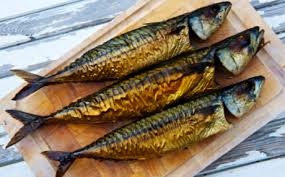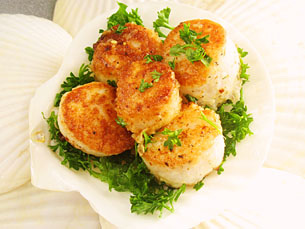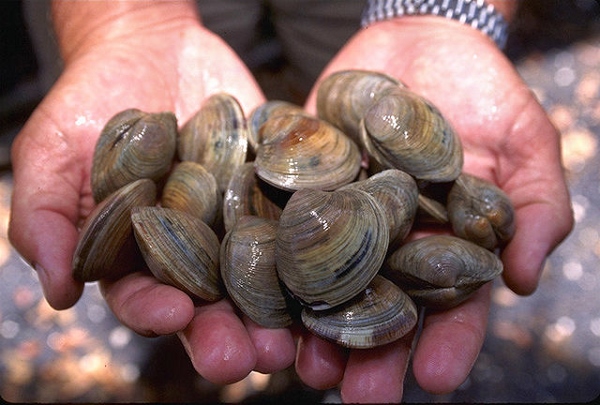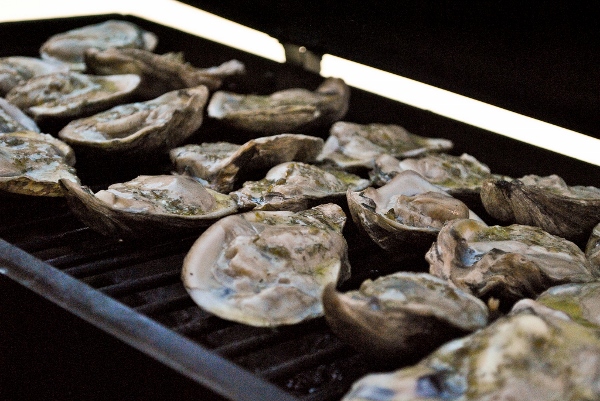This recipe creates a dry cure rub for fish; use instead of brining in preparation for smoking. Read more about smoked fish in Mike Stines’ article here.
Use only fresh fish that has been kept clean and cold. Salmon are split with the backbone removed or filleted; bottom fish filleted; herring and smelts are headed and gutted. (Herring are also traditionally split for kippers.) Rinse the fish with running cold water to remove all traces of blood.
Ingredients
1/2 cup (5 ounces or 140 grams) coarse kosher salt
1/2 cup dark brown sugar, packed
3/4 teaspoon cracked black pepper
1 1/2 teaspoons dried lemon zest
1 teaspoon granulated garlic
1/2 teaspoon dried ginger
Instructions
Combine all the ingredients in a mixing bowl and mix well to combine. (This cure will keep in a closed container for six months.)
Liberally apply the cure to both sides of the fish. Place in a non-reactive container and cover. Refrigerate for six to eight hours.
After brining or curing, rinse the fish with cold running water.
Place the fish skin side down on a cooling rack over a half sheet pan and refrigerate overnight allowing a pellicle to form on the surface. The pellicle, a sticky lacquer-like layer, will seal the surface and prevents loss of natural juices during smoking.
Prepare the smoker for 150 degrees F. smoking and smoke the fish using the wood of your choice to an internal temperature of 140 degrees F. (Generally 1/2-inch pieces are smoked for an hour; one-inch pieces for two hours and 1 1/2-inch pieces for three hours.) Use an instant-read thermometer such as the Thermapen to assure the fish is properly cooked.
Once the fish is smoked, wrap the cooled fish with plastic wrap. It will keep in the refrigerator for a week or frozen for up to six months.






